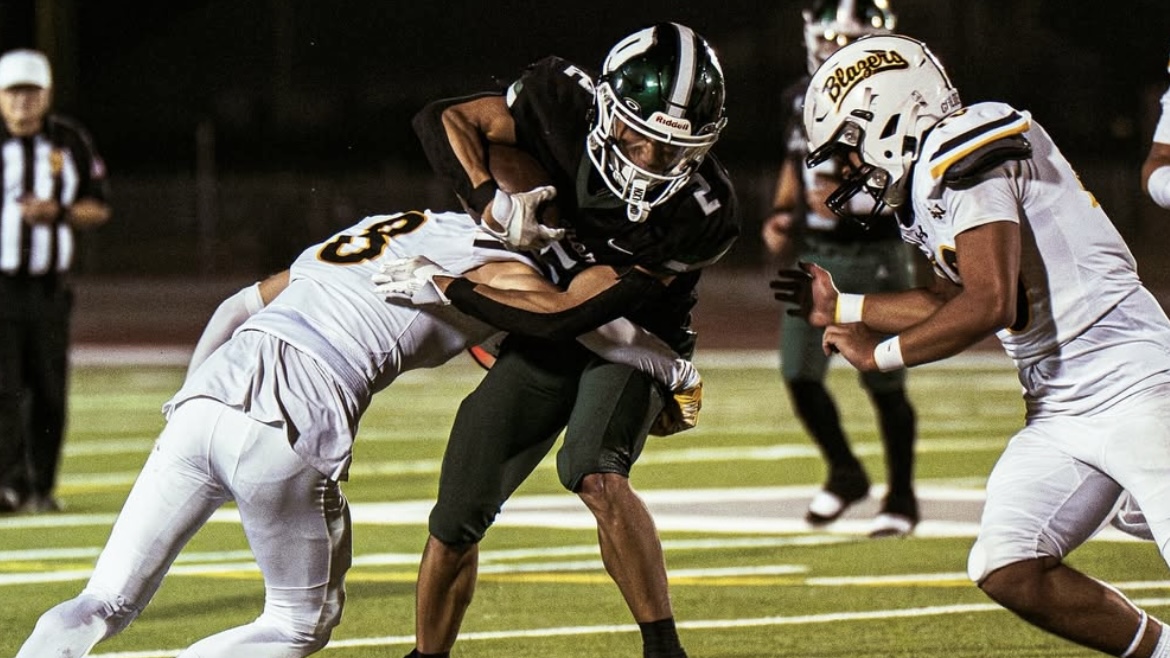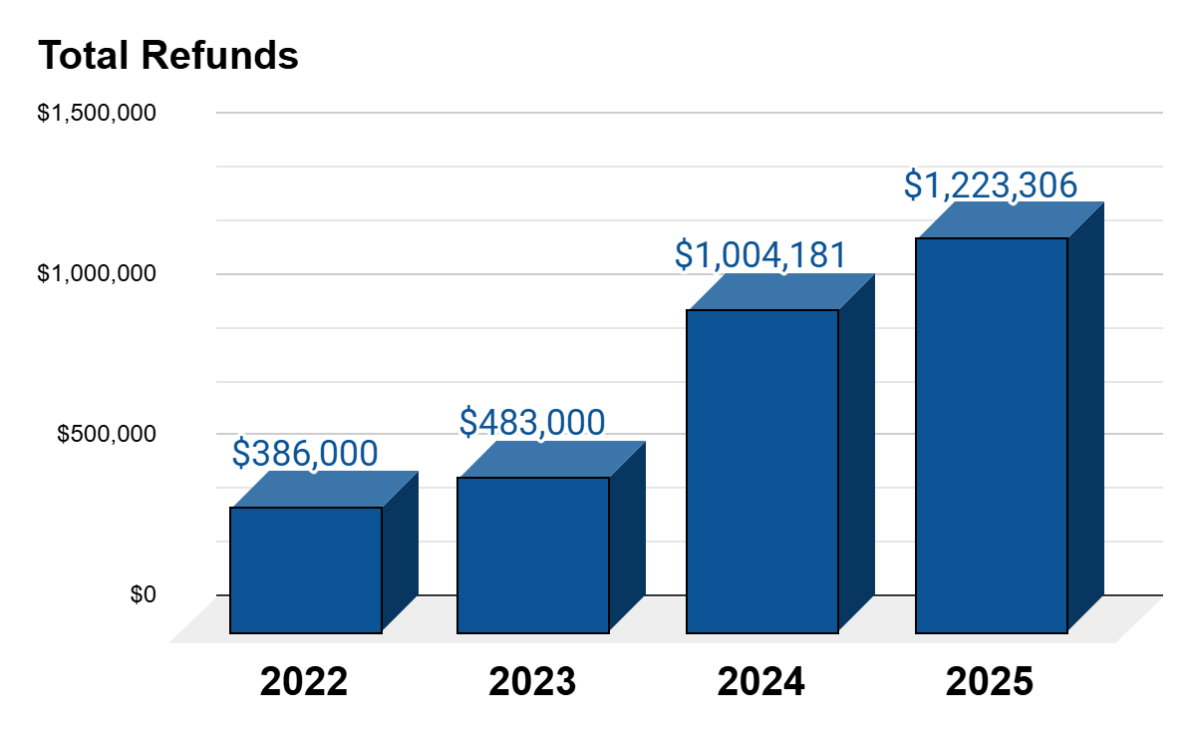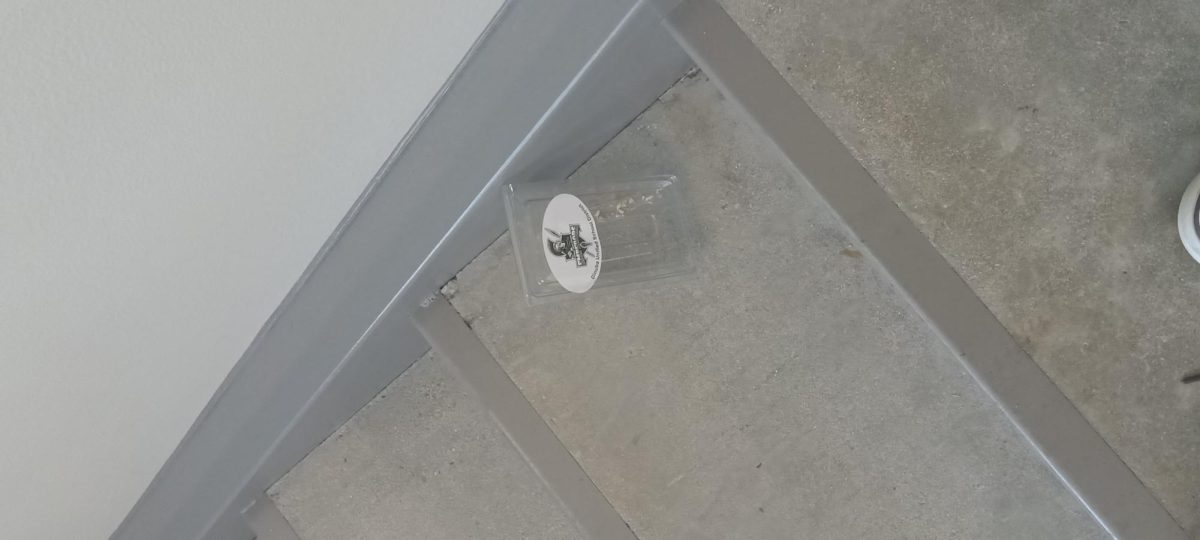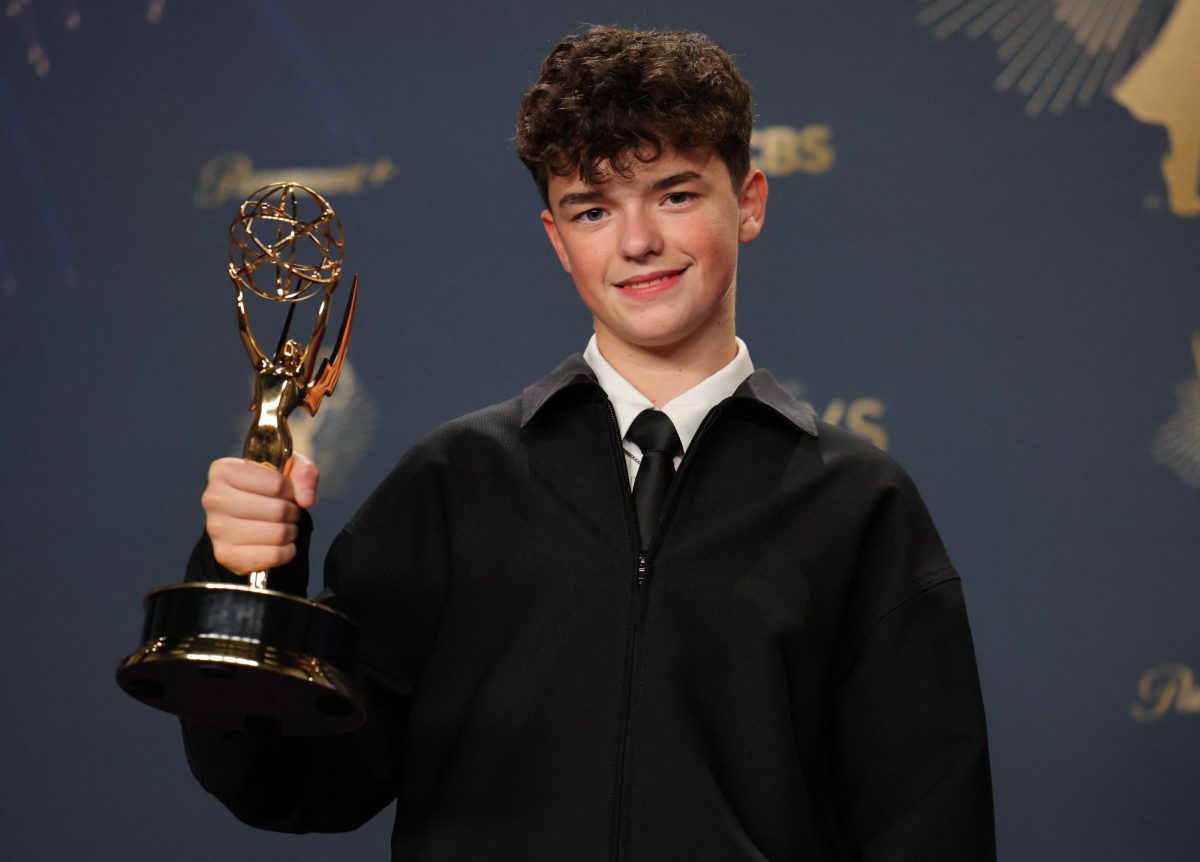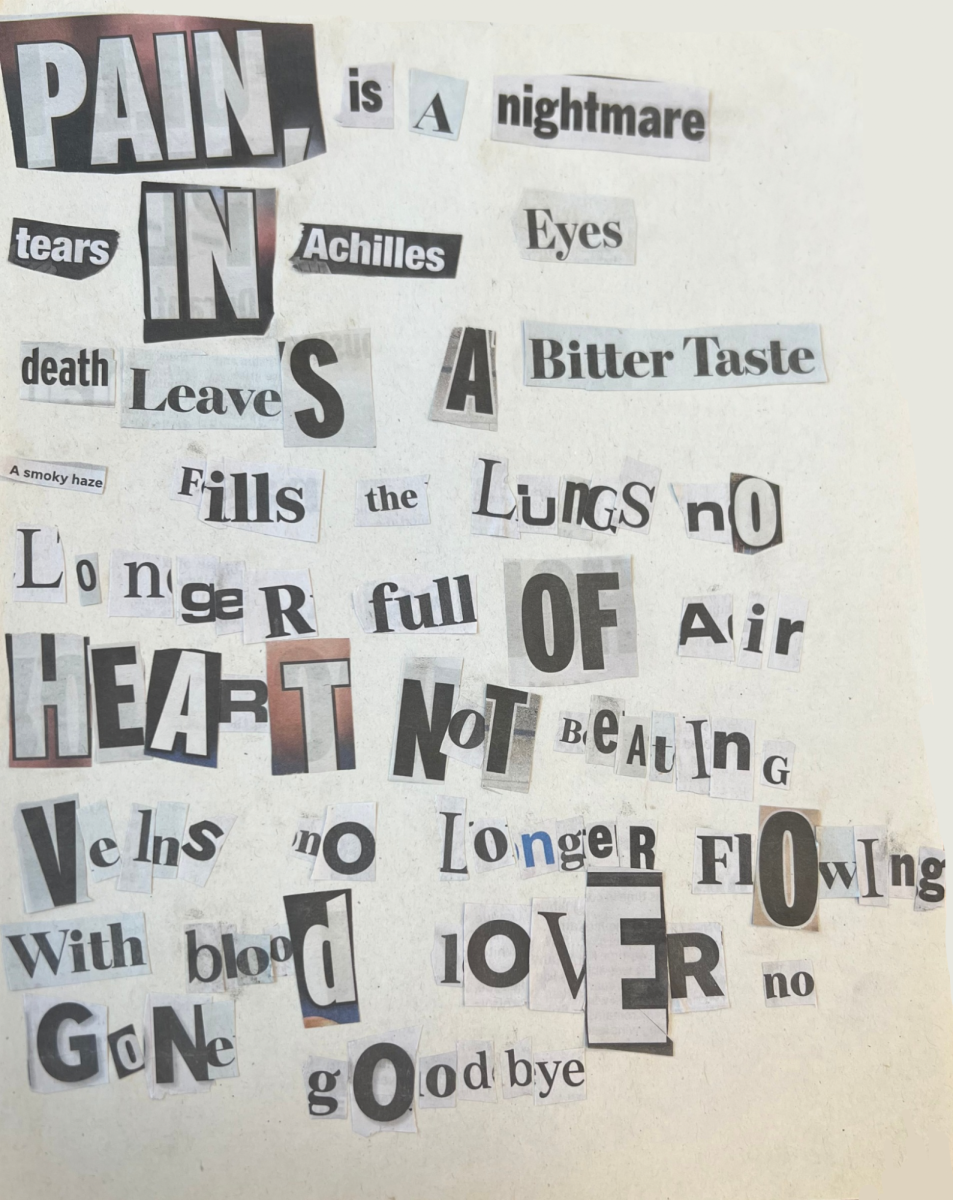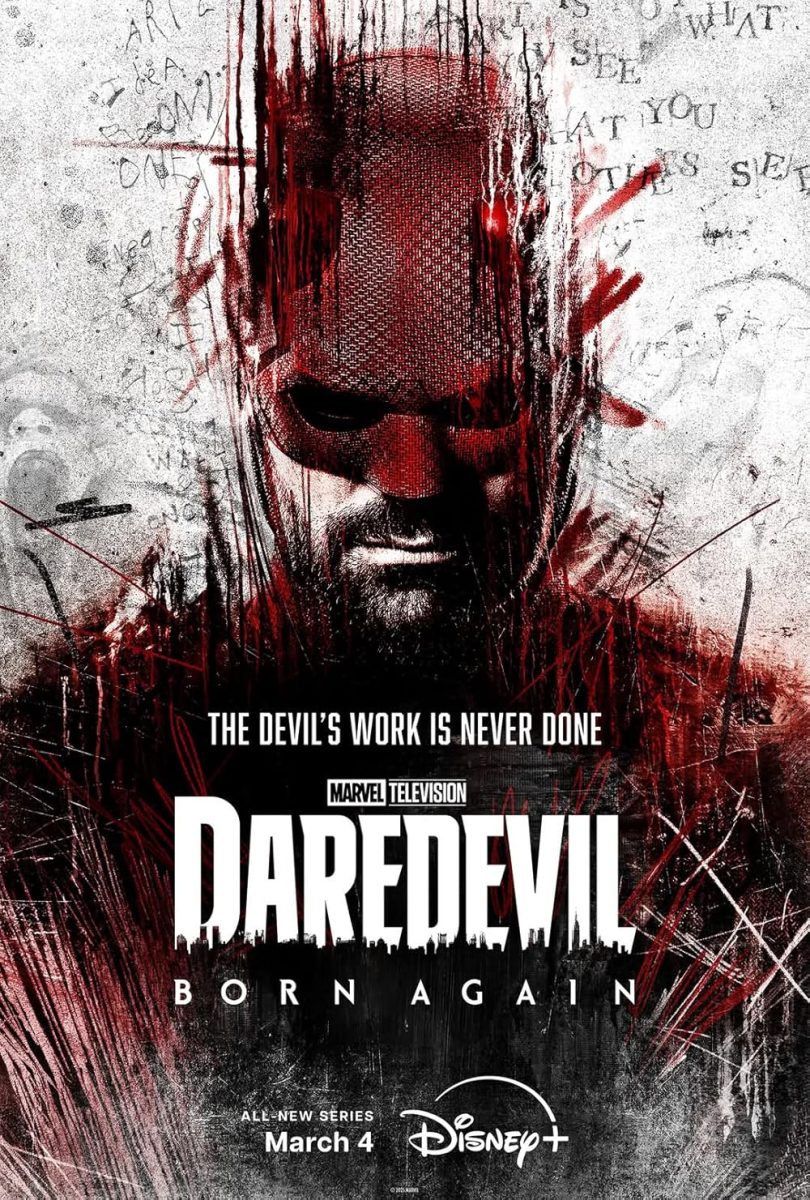On March 4, 2025, a new television series, Daredevil: Born Again, aired. It is a continuation of the beloved Netflix series Daredevil, but more accurately, it’s a soft reboot. As a result, there are some major changes in the new series. The show managed to introduce new characters while pushing aside older ones. These changes, I believe, were executed well. With these updates, we get to see the main character, Matt Murdock, face new situations without the assistance or reassurance from familiar faces. While I’d love to discuss the significant plotlines of Daredevil: Born Again, I think it’s best to watch it without spoilers. However, I will highlight what worked well in the series.
As previously mentioned, I appreciated the decision to introduce new characters. It gives the series a fresh feel and establishes it firmly within the Marvel Cinematic Universe (MCU). Before Spider-Man: No Way Home, there was no confirmation that Daredevil was part of the MCU. With Matt Murdock’s appearance in No Way Home, we now know his alter ego, Daredevil, is officially part of the MCU. Prior to the reboot, Daredevil also appeared in another MCU television series, She-Hulk. While reviews of the show were mostly negative, many fans loved the scenes featuring Daredevil, especially his yellow and red suit, a comic book adaptation that the audience embraced. But now that Daredevil is in the MCU, there have been concerns about the series lacking creative direction. Some worry that the new Daredevil series will be a “watered-down” version of the Netflix series, especially considering the MCU’s recent decline in popularity due to subpar releases like She-Hulk. Thankfully, this hasn’t been the case, although some have criticized the inclusion of CGI.
Recently, Marvel has faced criticism from its audience for overusing CGI. Many people have called Marvel lazy for not providing a more realistic spin on its productions. While I agree that Marvel should scale back its use of CGI, I don’t believe Daredevil: Born Again falls into this trap. The first episode did feature some messy CGI, but it didn’t detract from the story. Moreover, Daredevil: Born Again uses CGI sparingly, reserving it primarily for dynamic action scenes. The impressive fight choreography from the original Daredevil series carries over into the reboot, and I thoroughly enjoyed the action sequences. However, the main appeal of Daredevil: Born Again isn’t just the action; it’s the compelling struggles that Matt Murdock faces.
At its core, Daredevil is about a vigilante doing what he believes is right to protect the citizens of New York. The show takes an interesting approach by asking: What if being Daredevil was wrong? Matt struggles to put on the mask again after a traumatizing experience in the first episode of Daredevil: Born Again. A year later, he has abandoned his alter ego and believes he can do more good as Matt Murdock than as Daredevil. Interestingly, his new client (Hector Ayala) has been accused of a crime involving the death of a police officer during an altercation where Hector tried to save someone from getting beaten up. Over the course of the episodes, Matt discovers that the police are determined to prosecute his client by any means necessary, including killing a key witness to Hector Ayala’s trial. To add another layer of intrigue, Matt’s new client is a new vigilante who has emerged in Daredevil’s absence: the White Tiger. By protecting Hector Ayala (the White Tiger), Matt is symbolically protecting something deeper within himself, foreshadowing his eventual return as Daredevil.
In summary, Daredevil: Born Again has started strong. It showcases the complexities of identity and vigilantism. Matt Murdock struggles with his identity as a lawyer and vigilante (Daredevil). He says he will never be Daredevil again, but as he continues to defend Hector Ayala he’ll have to face the question: Is Daredevil needed? It’s a great show that keeps the audience on its toes and hasn’t disappointed the fans of Netflix’s Daredevil.







